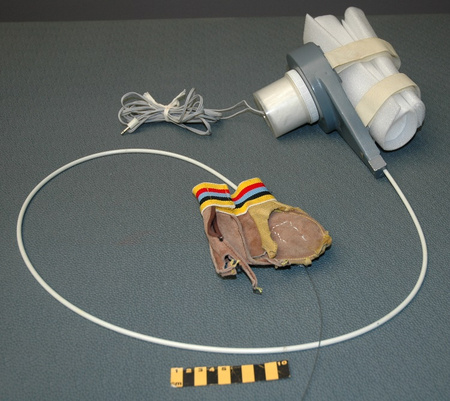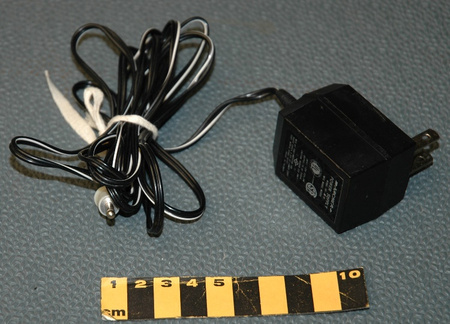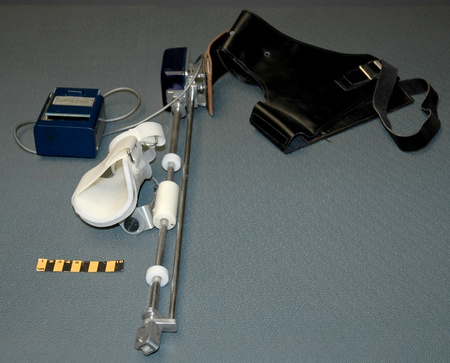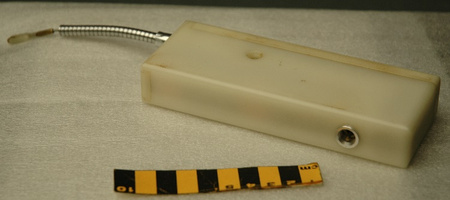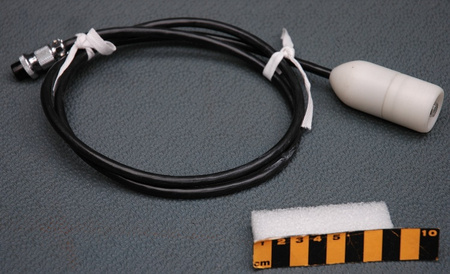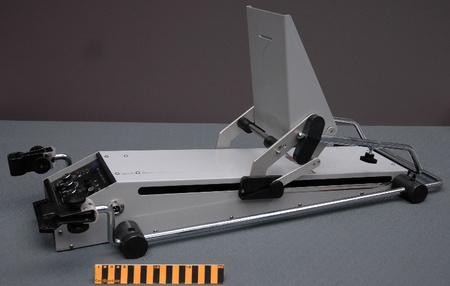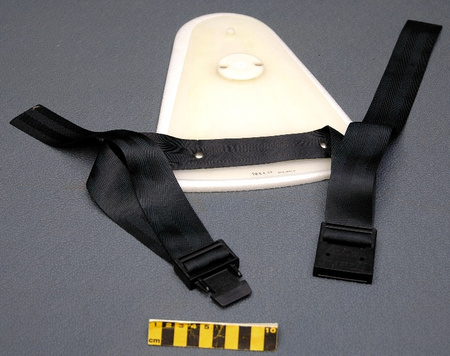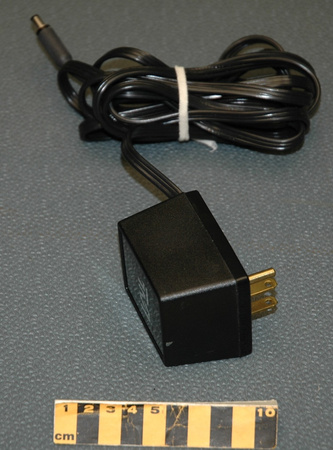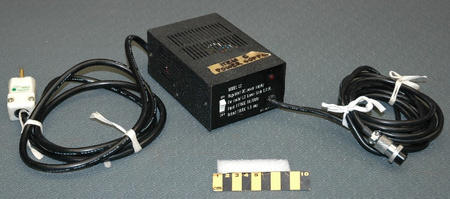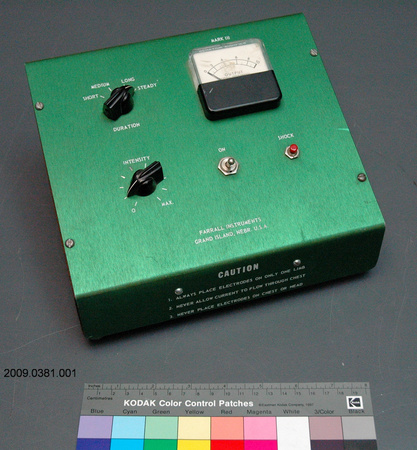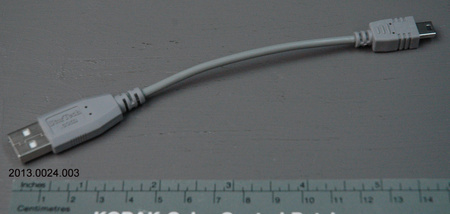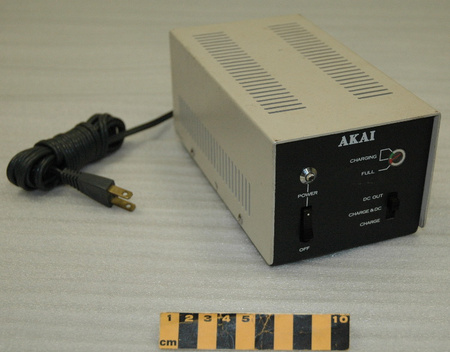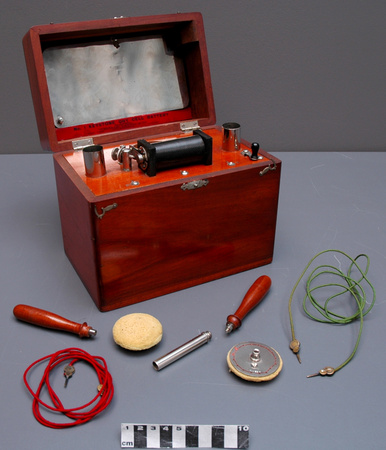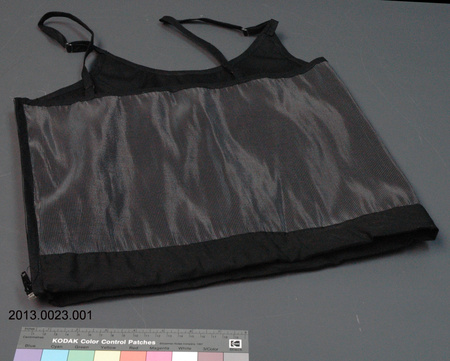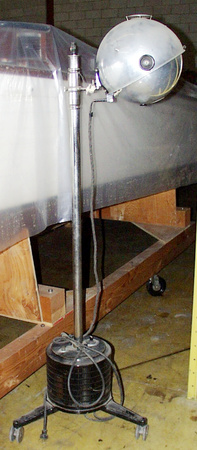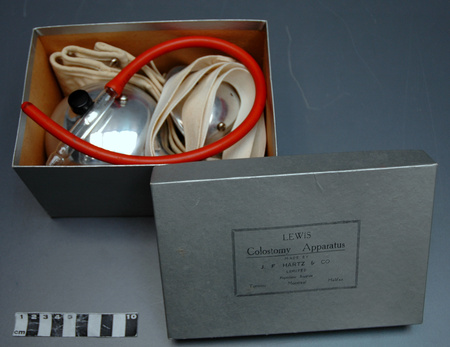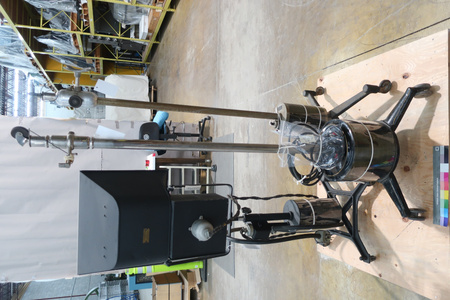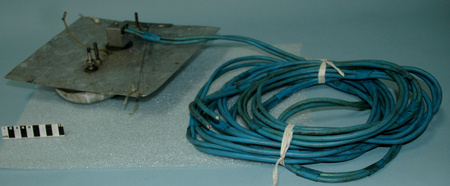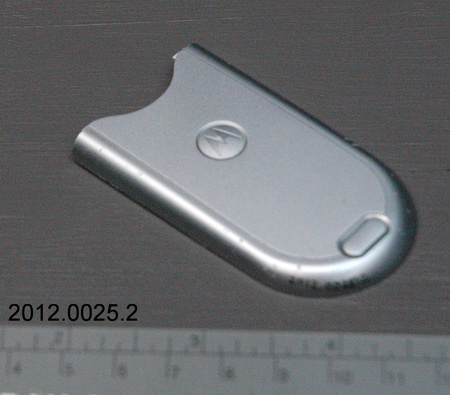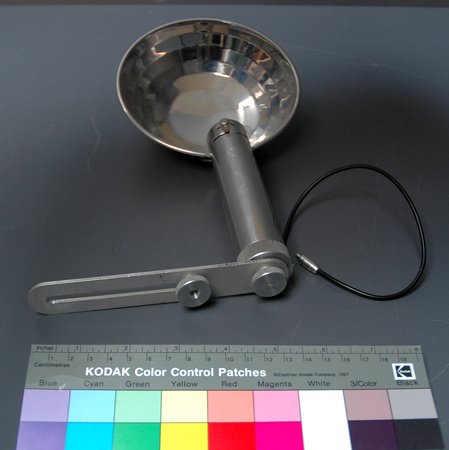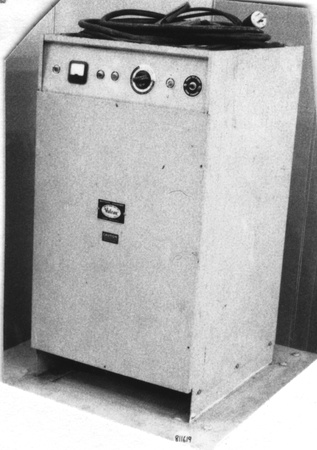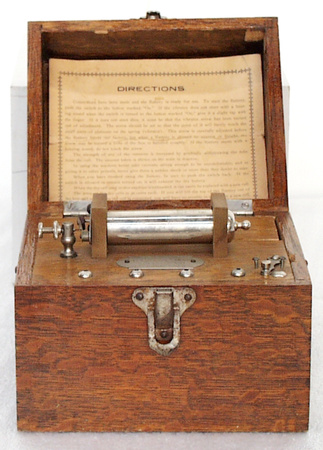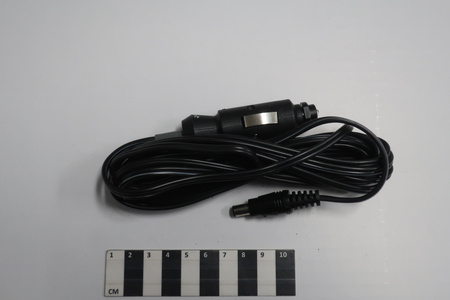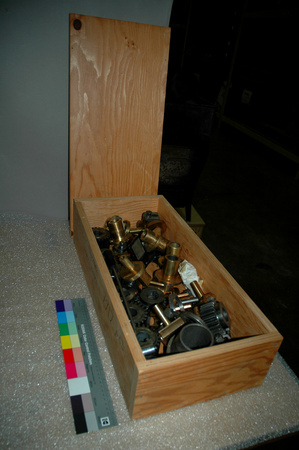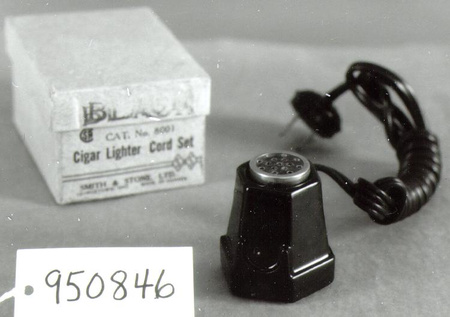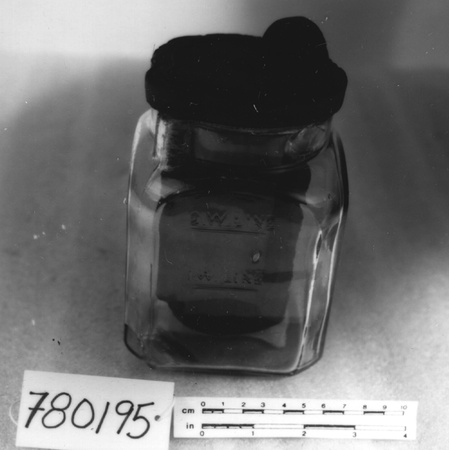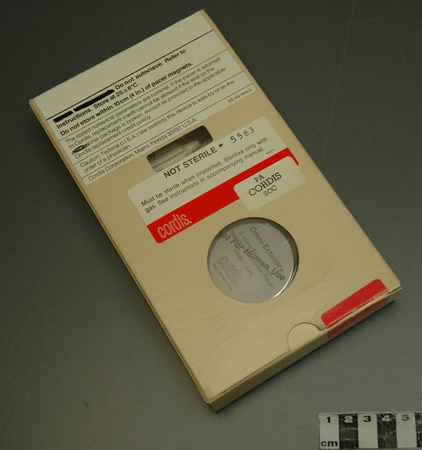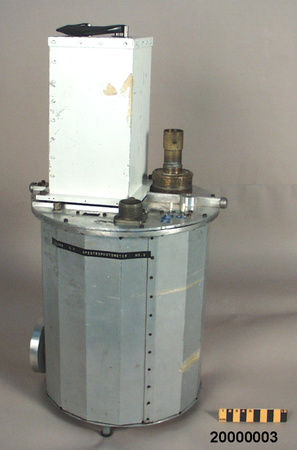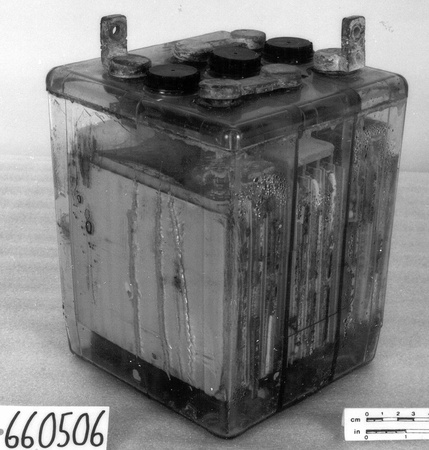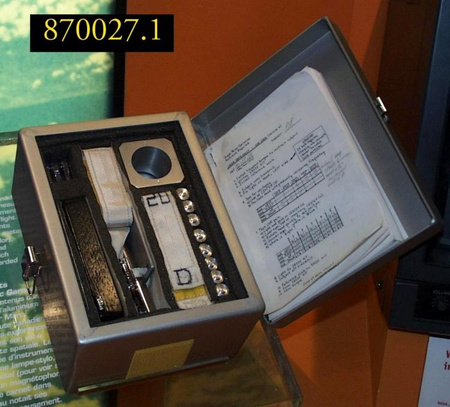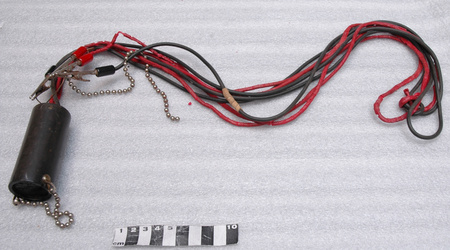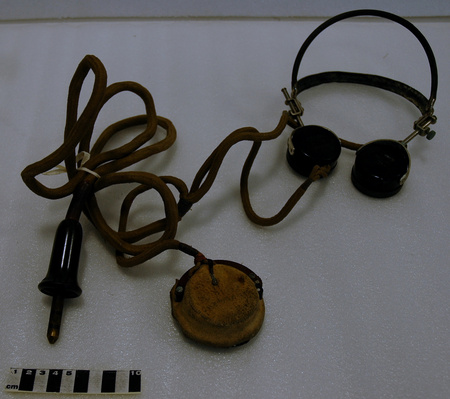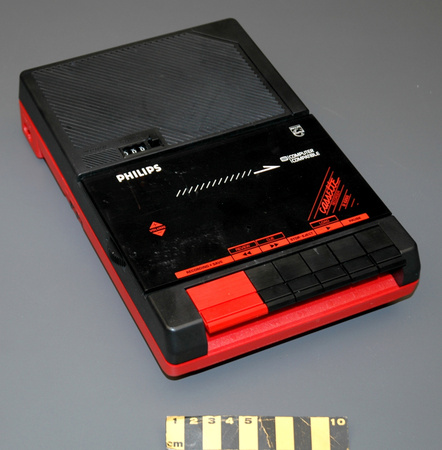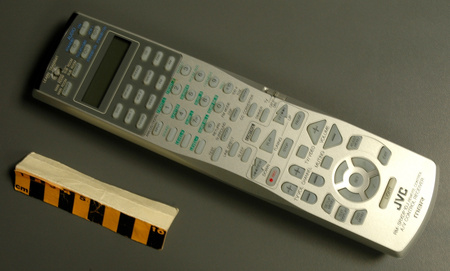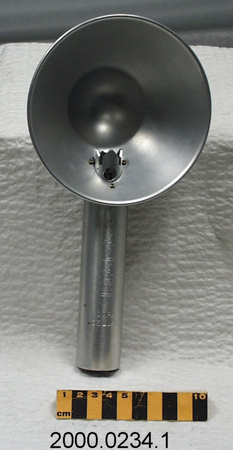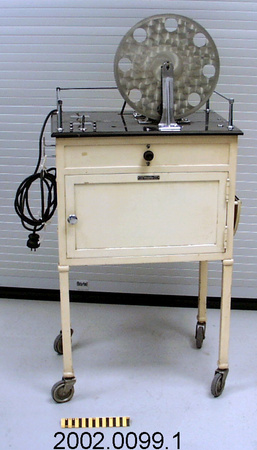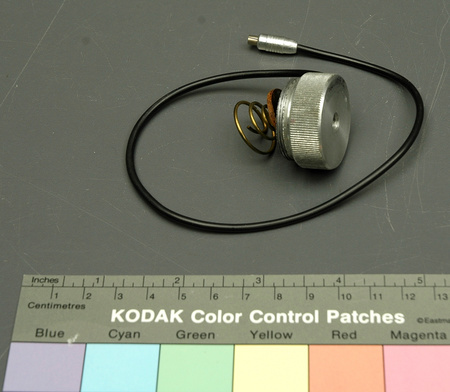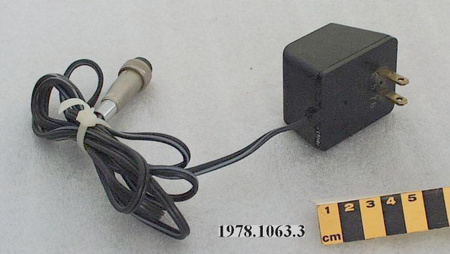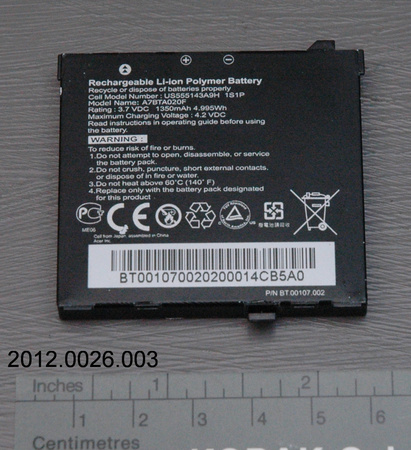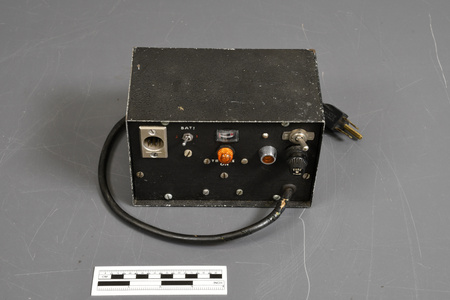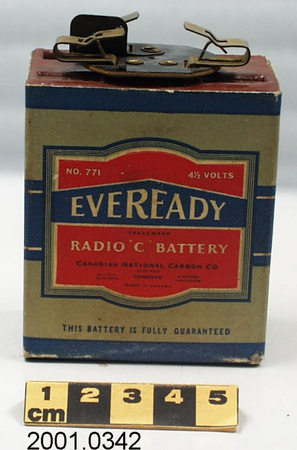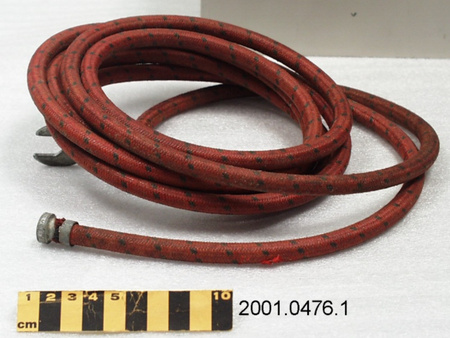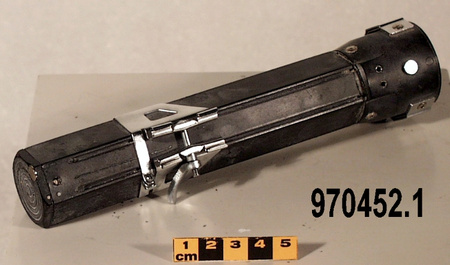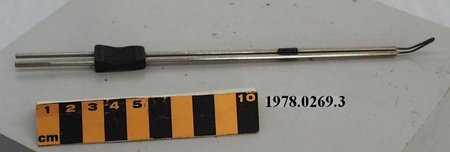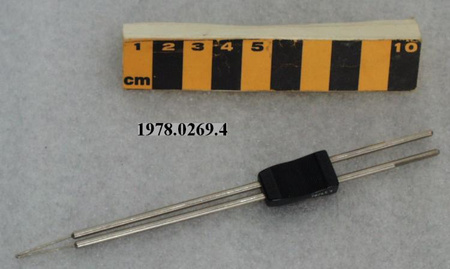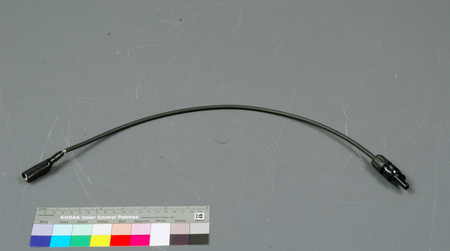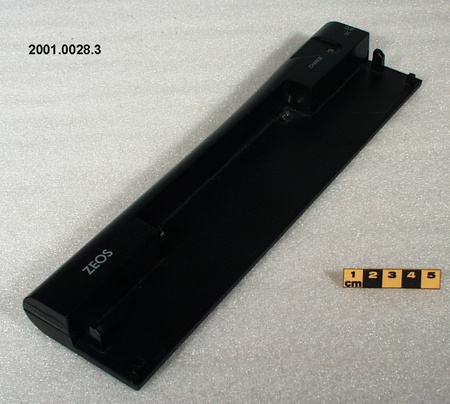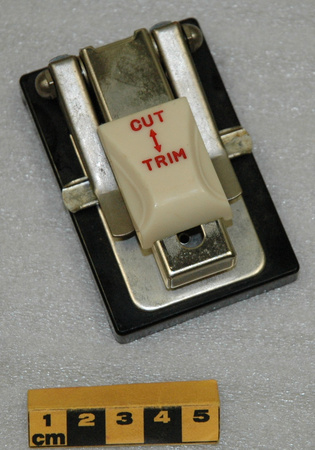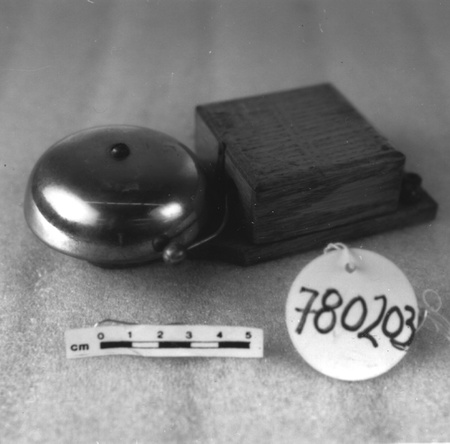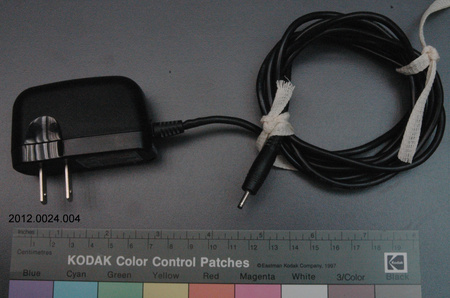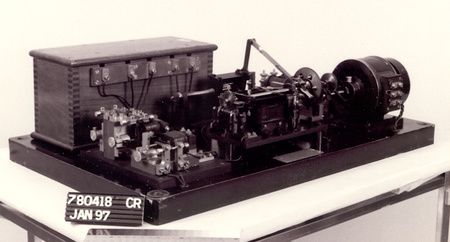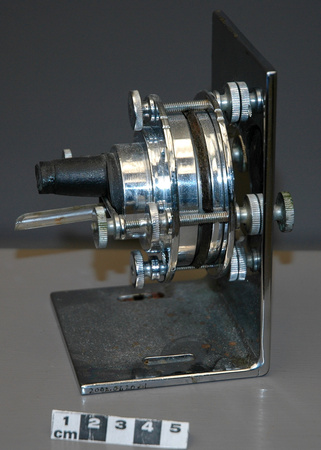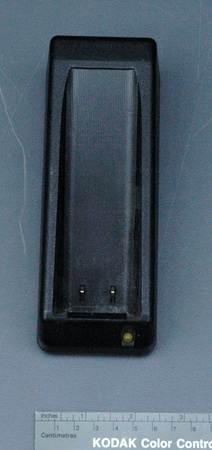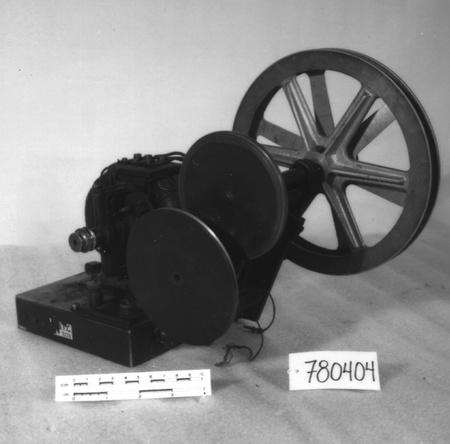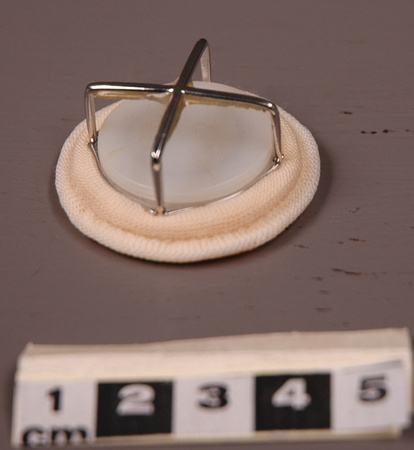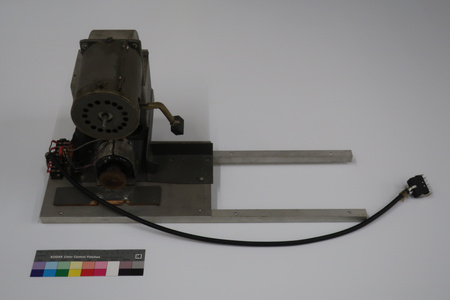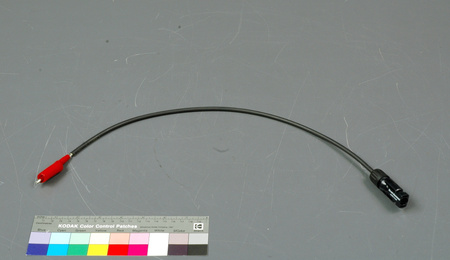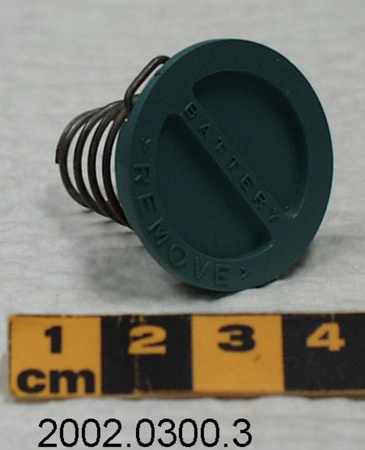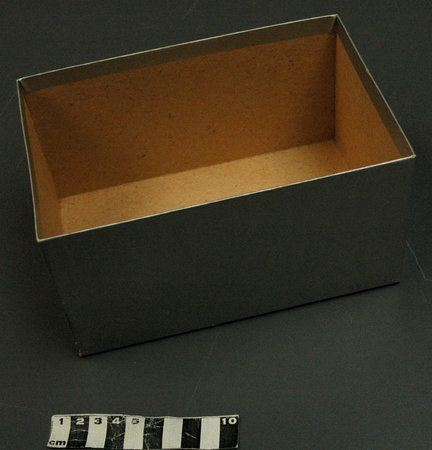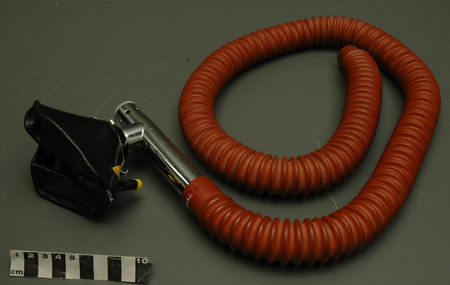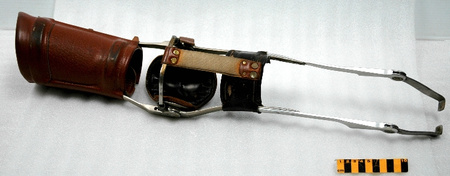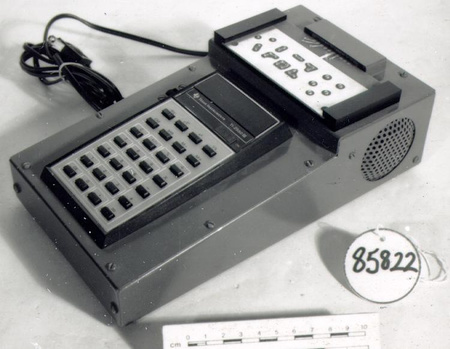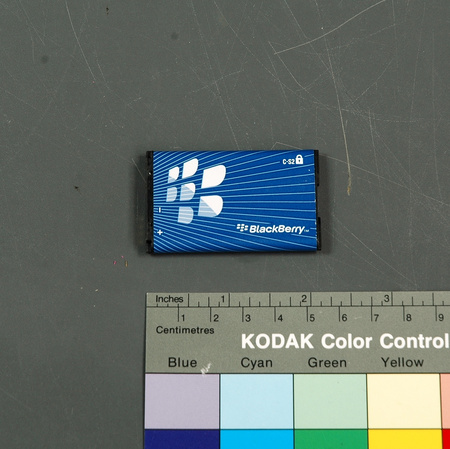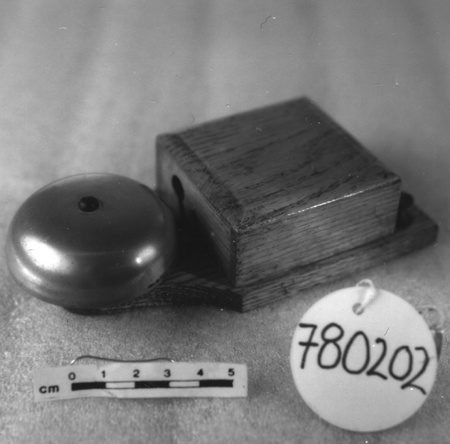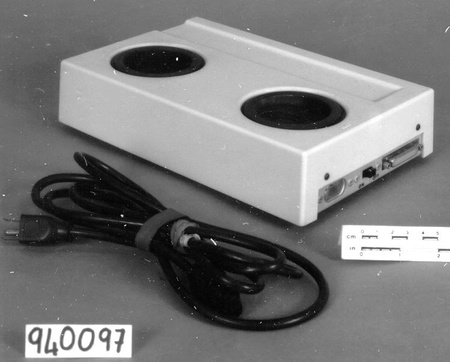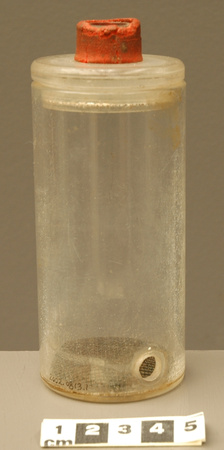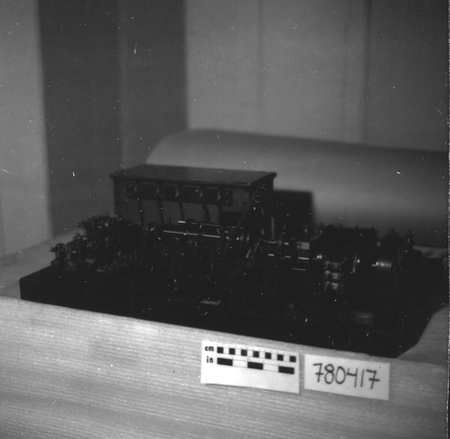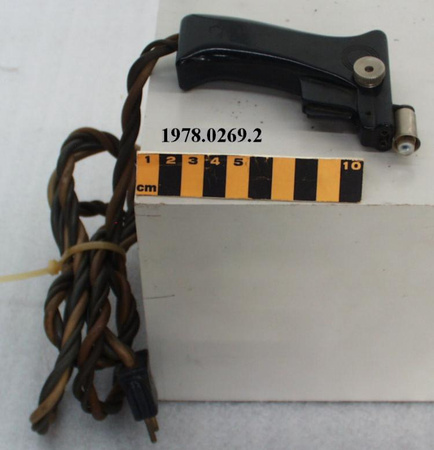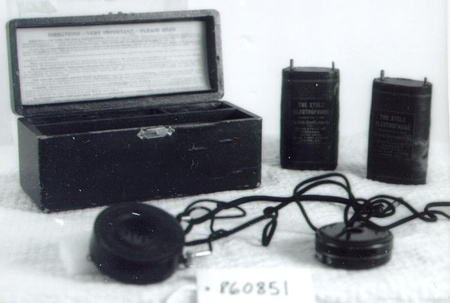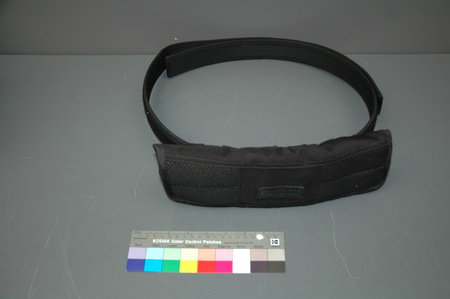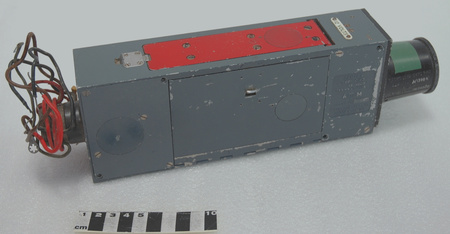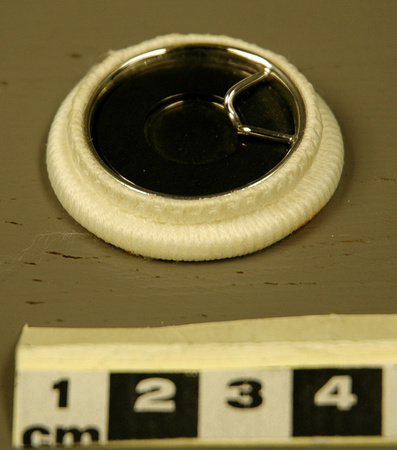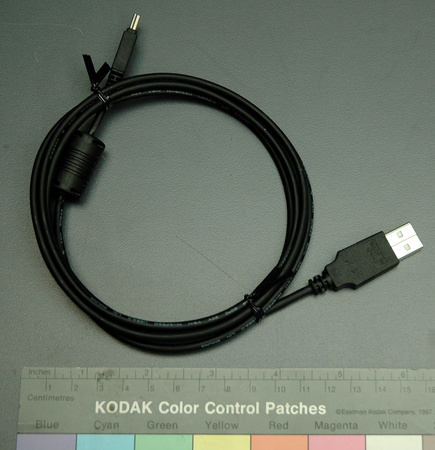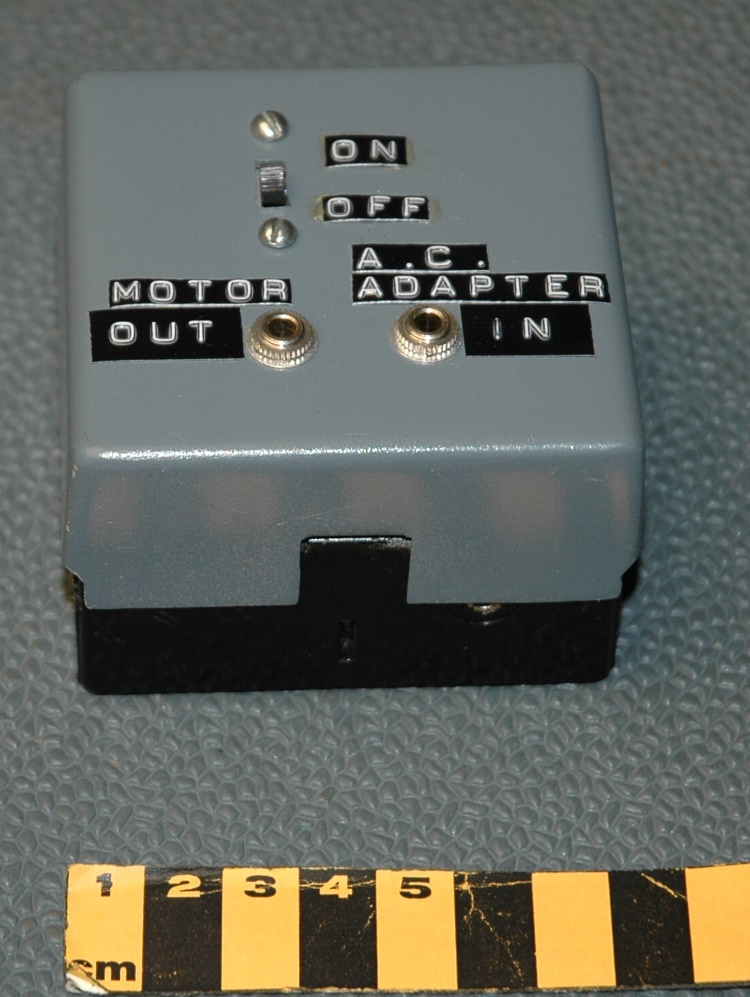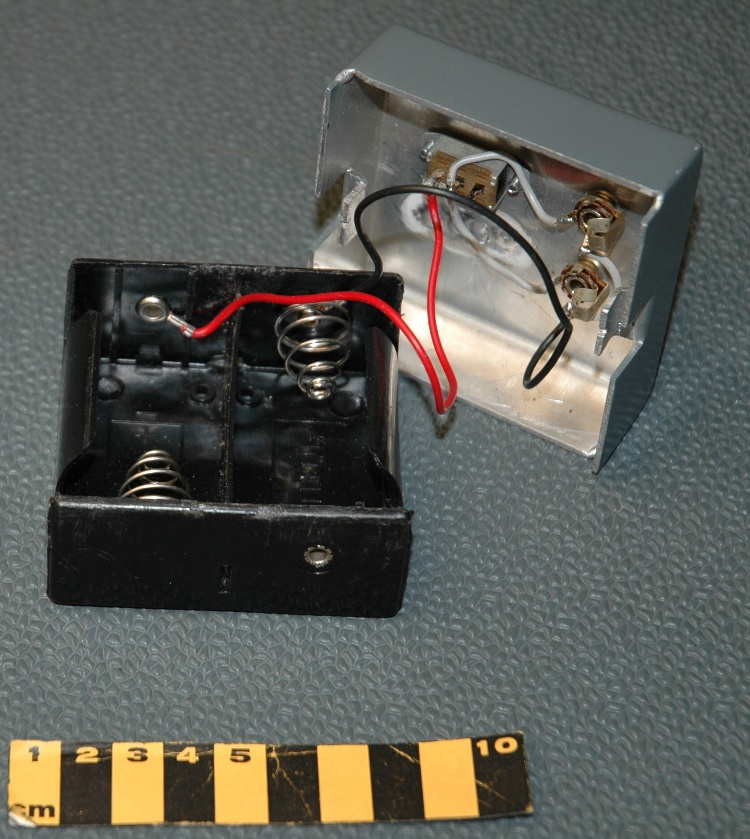Control unit
Use this image
Can I reuse this image without permission? Yes
Object images on the Ingenium Collection’s portal have the following Creative Commons license:
Copyright Ingenium / CC BY-NC-ND (Attribution-NonCommercial 4.0 International (CC BY-NC 4.0)
ATTRIBUTE THIS IMAGE
Ingenium,
2002.0492.002
Permalink:
Ingenium is releasing this image under the Creative Commons licensing framework, and encourages downloading and reuse for non-commercial purposes. Please acknowledge Ingenium and cite the artifact number.
DOWNLOAD IMAGEPURCHASE THIS IMAGE
This image is free for non-commercial use.
For commercial use, please consult our Reproduction Fees and contact us to purchase the image.
- OBJECT TYPE
- BATTERY-OPERATED/PORTABLE
- DATE
- 1978
- ARTIFACT NUMBER
- 2002.0492.002
- MANUFACTURER
- Unknown
- MODEL
- Unknown
- LOCATION
- Toronto, Ontario, Canada
More Information
General Information
- Serial #
- home built
- Part Number
- 2
- Total Parts
- 3
- AKA
- N/A
- Patents
- N/A
- General Description
- metal & synthetic materials of construction.
Dimensions
Note: These reflect the general size for storage and are not necessarily representative of the object's true dimensions.
- Length
- 7.4 cm
- Width
- 7.2 cm
- Height
- 5.2 cm
- Thickness
- N/A
- Weight
- N/A
- Diameter
- N/A
- Volume
- N/A
Lexicon
- Group
- Medical Technology
- Category
- Research
- Sub-Category
- N/A
Manufacturer
- AKA
- Pon
- Country
- Canada
- State/Province
- Ontario
- City
- Toronto
Context
- Country
- Canada
- State/Province
- Ontario
- Period
- This prototype device built in 1978, for experimental purposes. Never used on/by patients.
- Canada
-
Prototype CPM machine for hand built by Craig Pon, a student at the University of Toronto. in 1978. This version was never actually used on a patient, but was the forerunner of the later devices. The concept of continuous passive motion [CPM], and design of CPM devices, was championed by Dr. Robert Salter, an orthopaedic surgeon at the Hospital for Sick Children and professor and head of orthopaedic surgery at the University of Toronto. One of 5 CPM devices donated to the History of Medicine Museum, Toronto by Toronto Medical Corp., Scarborough, Ont. in May 1987. - Function
-
Provides basic on/off control, power supplied by 2 C"- batteries , and acts as connection point for motor and AC adapter. - Technical
-
Based on the hypothesis that continuous passive motion would stimulate the healing and regeneration of articular cartilage through differentiation of pluripotential mesenchymal cells. CPM devices promote patient comfort, by improving circulation and encouraging wound healing, and preventing excessive post-operative swelling. - Area Notes
-
Unknown
Details
- Markings
- "ON", "OFF", "MOTOR/ OUT" and "A.C./ ADAPTER/ IN" printed on black dymo tape labels applied to box top exterior. Outline of battery shape, with ends marked "+" and "-" cast in raised form on inside of box base; 1 battery also labelled " "D" CELL " . "JAPAN" cast in raised print on box base. "987.4.1" printed in white on box base.
- Missing
- None. Requires 2 "D" batteries.
- Finish
- Unit cover has dark grey painted enamel finish; black synthetic switch; silver metal plug receptacles and minor fittings. Interior is silver metal; metal & synthetic fittings inside. Box bottom is black moulded synthetic; silver metal battery terminal connections. Red, black and white synthetic covering on wires connecting 2 halves of box.
- Decoration
- N/A
CITE THIS OBJECT
If you choose to share our information about this collection object, please cite:
Unknown Manufacturer, Control unit, 1978, Artifact no. 2002.0492, Ingenium – Canada’s Museums of Science and Innovation, http://collection.ingenium.ca/en/id/2002.0492.002/
FEEDBACK
Submit a question or comment about this artifact.
More Like This
